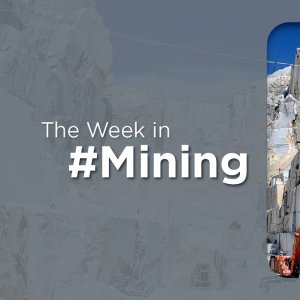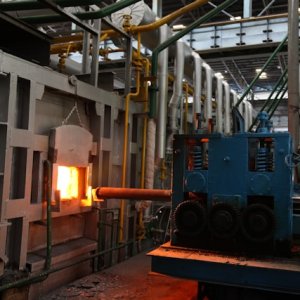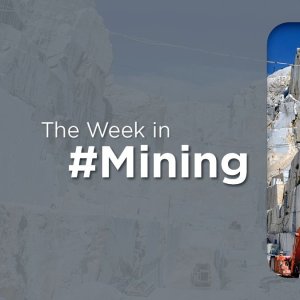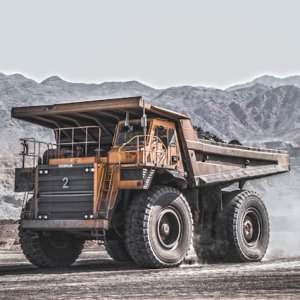
Social Infrastructure, A Path To Mining Prosperity
In Mexico, mining’s positive impact has permeated a wide sphere of social and economic dynamics. For example, CAMIMEX reported in February 2018 that mining activities employ more than 2.1 million Mexicans, mostly in isolated communities, and that the industry represents 2.9 percent of national GDP. The Mining Chamber argues that a mineral deposit should be interpreted as an opportunity for progress and to reduce the inequalities of the population.
But Research Gate published a case study that examined the Bowen Basin coal mining communities in Queensland, Australia, and found that the social impacts of mining developments on communities is not always so black and white. “The limitation that isolation placed on opportunities for economic diversification raised issues about the optimum level of social infrastructure, housing, sewage and who should pay for and provide it,” the report says. The Mexican mining landscape shares some notable similarities with Australia, given that in both countries mining activities generally take place in arid, remote regions with a high proportion of indigenous communities.
While many companies understand the importance of providing social infrastructure in mine sites to retain workers and diminish social disputes, the cyclical nature of prices and changes in tax policies undermine the sector’s ability to invest in the social development of surrounding communities. “The communities need to understand that companies are not responsible for everything and will not take over the duties of the government. That is why the Mining Fund was created: to make sure the government can do its part,” says Ramón Dávila, Durango Minister of Economy. “Companies should receive support to develop their projects as long as they are respecting the sustainability of the region.”
THE MINING FUND
Given the increased mining duties imposed by the Fiscal Reform, the government created the Mining Trust Fund to return some of these resources to local communities, with the specific goal of promoting their development through social infrastructure. SEDATU reports that since its creation in 2014 and up to 2018, the Mining Trust Fund has financed more than 1,500 infrastructure projects in 270 municipalities in the country. As part of its allocation process, mining companies often partner with local governments and communities to make sure the fund is being invested to meet the needs of the local population.
However, in some jurisdictions it has been unclear to miners and local communities where the resources are being destined. “Three years have now passed since the reform, which is a good time to make an impact, but we have yet to see any results,” says Fred Stanford, President and CEO of Torex Gold, which operates the Media Luna and El Limón-Guajes mines in Guerrero. This is causing a conundrum in the industry in which mining companies are demanding to see their tax money being returned to surrounding communities while these communities continue to turn to operators for the provision of social infrastructure.
Dávila says Durango has channeled 100 percent of the funds it has received since 2014 directly into local communities, prioritizing highways, health and education, among other key segments, all requiring the development or modernization of infrastructure. “The reality is that the adequate use of the Mining Fund lies in the hands of the governments,” says Dávila. “The trick is to collaborate with mining companies and communities to identify the main necessities and avoid just meeting the needs of municipal leaders.” For example, a leader may believe a park is the most important project but the community may be more in need of water infrastructure.
HIT AND A MISS
According to an article published by World Policy in October 2017 on the price of mining wealth in Chiapas, the southern state is an example of instances where communities are left out of the mining boom. It is one of the richest states in the country for natural resources and a major source of multiple minerals such as gold, copper, silver and aluminum, but its citizens feel harmed by mining activities. Lynn Holland, the author and a researcher and academic on international political economy and Latin America studies, visited Soconusco, an area located between two titanium mines. “The two major rivers from which residents get their drinking water are now contaminated by toxic particles used in the mining process and later released into the rivers,” she writes. “A local doctor and nurse had established that the cancer rate among local residents had risen by more than three times in a 10-year period, in parallel with the increase in mining activity in the area.”
Soconusco is one of the many cases that taint miners’ reputation but this is not a widespread representation of the industry. Also, many of the complaints blaming mining for side-effects are found to lack solid scientific ground. “Most of the allegations we receive are on water contamination concerns, usually based on speculation and with no support from further research such as from COFEPRIS regarding cancer incidence in a mining area,” explains Arturo Rodríguez, Assistant Attorney General for Industrial Inspection at PROFEPA.
Constant communication between government, companies and local mining communities help to address social problems related to mine operations, but due diligence in communicating about the projects to be carried out in the communities is also key. “Companies need to realize that they need a high level of social responsibility to obtain social license and the government should facilitate communication with surrounding communities. The authorities should visualize and support these aspects. The development of infrastructure plays an equally important role,” adds Dávila.
BEST PRACTICES
Companies such as New Gold, which operated the Cerro San Pedro mine in San Luis Potosi, aim to have a positive impact in the communities. For example, upon closing the mine at the end of its life cycle, the company carried out the relevant legal obligations, including reforestation. It also provided training to community members so they could take up new vocations, such as sewing, construction work or farming. “It is paramount to execute a successful mine closure; one that leaves a positive and long-lasting legacy at our hosting community,” says Armando Ortega, Vice President Latin America of New Gold.
Another example is set by Goldcorp at its Marlin mine in Guatemala. The company started the Sierra Madre foundation, along with local Citizen’s Development Corps, to realize sustainable and community-based development. “Mining creates jobs and economic opportunities, and many companies also choose to invest in social infrastructure outside of their immediate sphere of operations,” explains The World Gold Council, highlighting the effort made in Guatemala.
As argued by the Mining Chamber, there is still a long way to go for socially-responsible mining, but there has been success in raising awareness about CSR. “Mining is an industry that brings employment and opportunities to parts of the country where no other industry is present,” says Stanford. Ortega believes miners need to set the example in showing communities they have nothing to hide. “The main obstacle is to ensure that in the long run our sound mining operation and community work prevails over a negative and ill-founded narrative originally crafted by (mining) opponents.”
















